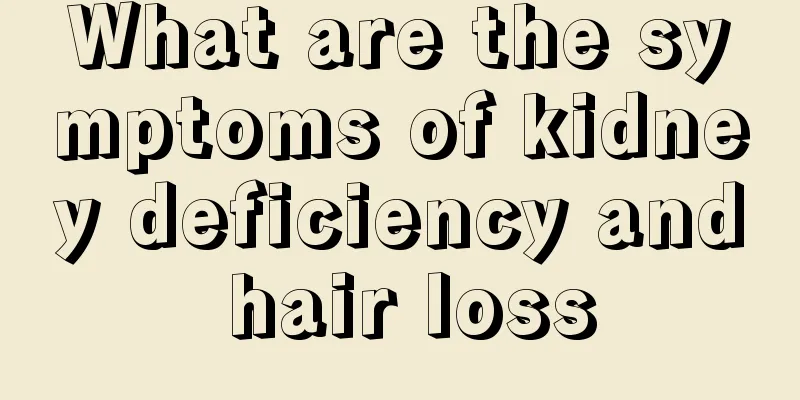What are the symptoms of low calcium convulsions? Characteristics of low calcium convulsions

|
Many people don’t know much about the symptoms of low calcium convulsions, mainly because there are no obvious clinical symptoms. However, this problem needs to be taken seriously because if it is severe, it can cause bronchial and wrist spasms, or epileptic seizures. Hypocalcemia often has no obvious clinical symptoms. The severity of clinical symptoms is not completely consistent with the degree of hypocalcemia, but is related to the speed and duration of hypocalcemia. A rapid drop in blood calcium, even at a level of 2 mmol/l, can cause clinical symptoms. The clinical manifestations of hypocalcemia are mainly related to increased neuromuscular excitability. 1. Neuromuscular system: Since calcium ions can reduce the excitability of neuromuscular system, the excitability of neuromuscular system increases in hypocalcemia. Muscle spasms may occur, and the early stage of peripheral nervous system numbness of fingers/toes. In mild cases, typical tics can be induced by facial nerve percussion test (Chvostek sign) or arm pressure test (Trousseau sign). Severe hypocalcemia can cause spasms of the larynx, wrists, feet, bronchi, etc., epileptic seizures and even respiratory arrest. Psychiatric symptoms such as irritability, depression, and cognitive impairment may also occur. 2. Cardiovascular system: mainly arrhythmias such as conduction block. In severe cases, ventricular fibrillation may occur. Heart failure may cause poor response to digitalis. The typical electrocardiogram shows a marked prolongation of the QT interval and ST segment. 3. Bones, skin and soft tissue: Chronic hypocalcemia may manifest as bone pain, pathological fractures, bone deformities, etc. Bone lesions can be osteomalacia, osteoporosis, rickets, osteitis fibrosa cystica, etc. depending on the underlying cause. Patients with chronic hypocalcemia often have dry, inelastic, dull and itchy skin; they are also prone to thinning hair, brittle nails and loose teeth. Cataracts caused by hypocalcemia are more common. 4. Hypocalcemic crisis: When the blood calcium level is lower than 0.88mmol/L (3.5mg/dl), severe voluntary muscle and smooth muscle spasms may occur, leading to convulsions, epileptic seizures, severe asthma, and severe symptoms may cause laryngeal muscle spasms leading to suffocation, heart failure, and cardiac arrest. |
<<: What to do if you gain weight from staying up late
>>: What to do if you want to commit suicide, how to adjust yourself
Recommend
What to do if your hands and feet are cold in autumn
Many friends have cold hands and feet in the autu...
How to choose a cancer hospital to treat testicular cancer
Testicular cancer is a very serious disease. Pati...
Causes of ovarian cancer
When discussing the causes of ovarian cancer, it ...
How to avoid damage to skin integrity in laryngeal cancer patients
Laryngeal cancer patients need to stay in bed for...
Caused by thick thigh roots
Thick thigh roots are mainly related to long-term...
What are the early symptoms of cervical cancer? What are the early symptoms of cervical cancer that cannot be ignored?
The incidence of cervical cancer is very high amo...
Three sleeping positions between couples that lead to the longest life span
Sleep not only affects women's body and beaut...
What should I do if I have iron deficiency anemia
Anemia is very common in our daily life, and many...
What are the things to pay attention to in immunotherapy for urticaria
Urticaria is a very common and terrible skin dise...
What are the early symptoms of lung cancer? 3 early symptoms of lung cancer Early detection and early treatment
Cancer is a very harmful disease that can cause d...
The correct way to whiten teeth with vinegar
Vinegar is a stimulating drink that can soften bl...
Tips for protecting teeth
In fact, many people do not pay much attention to...
Side effects and treatments of radiotherapy for nasopharyngeal carcinoma
Most nasopharyngeal carcinomas are poorly differe...
What are the effects, functions and contraindications of black sesame
The content of trace elements such as calcium and...
What is the normal value of carcinoembryonic antigen? There are several ranges
The normal value of carcinoembryonic antigen refe...









